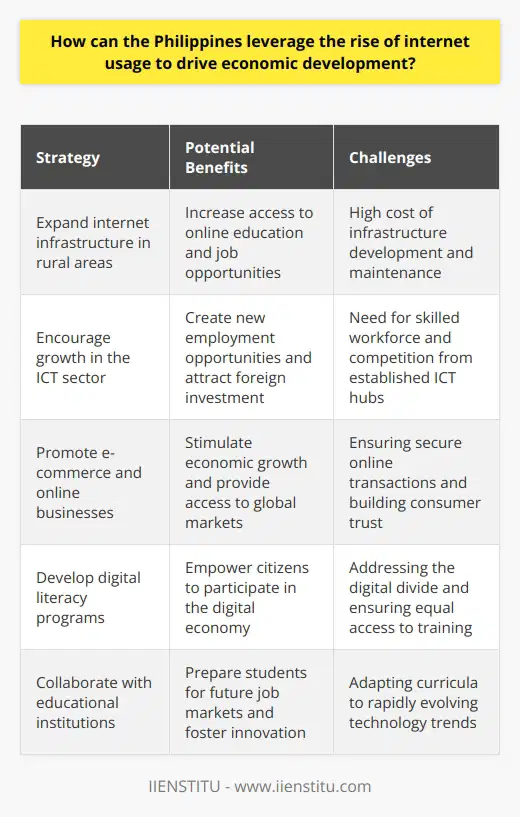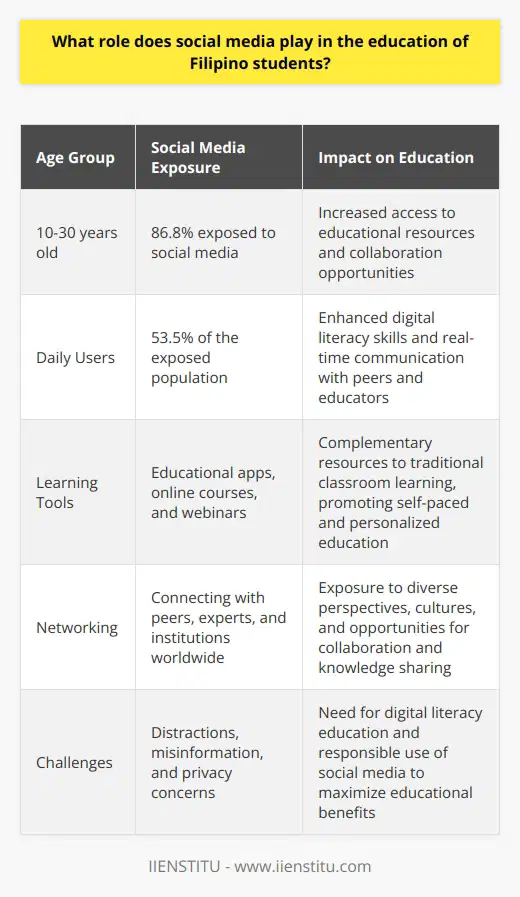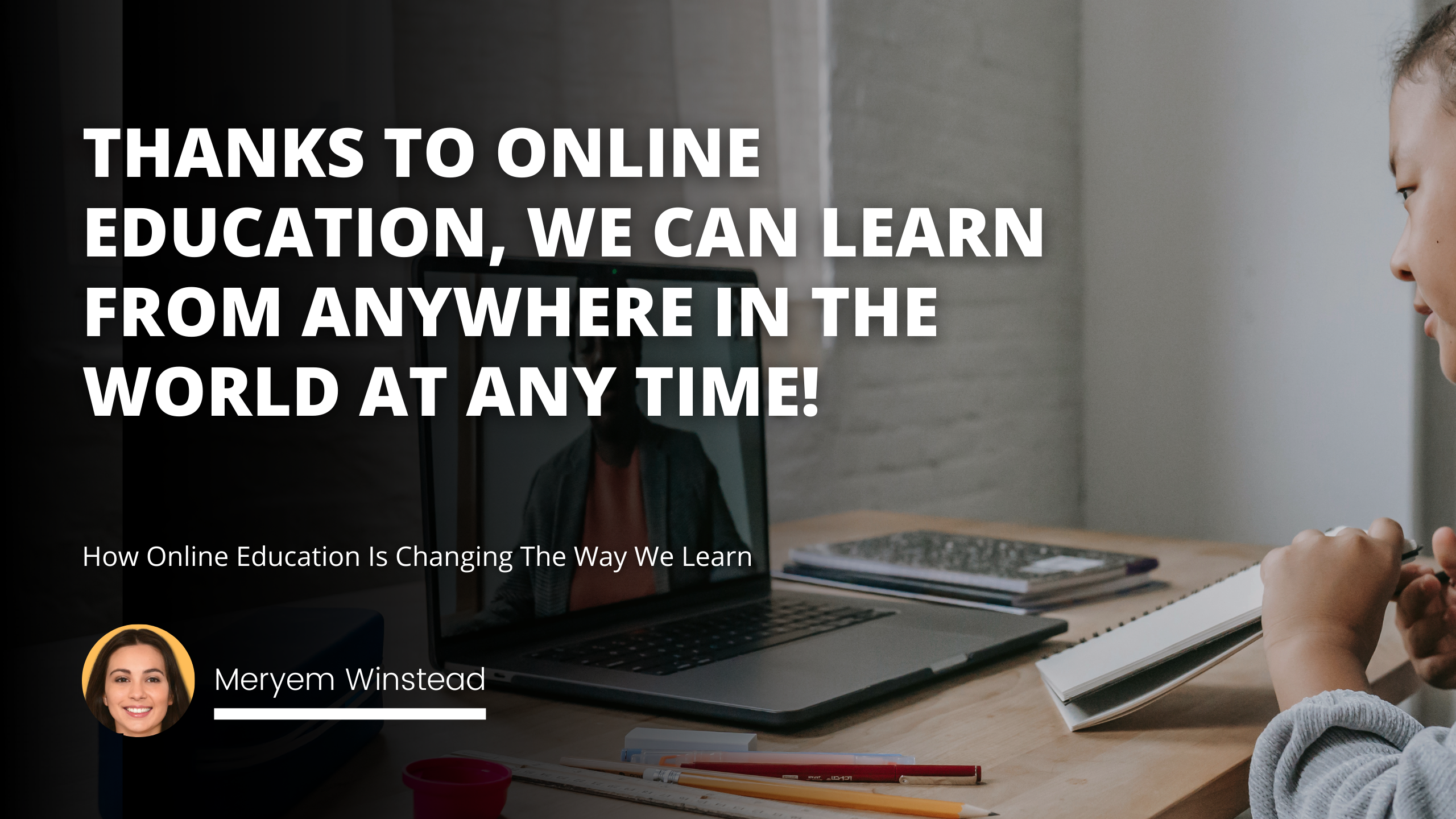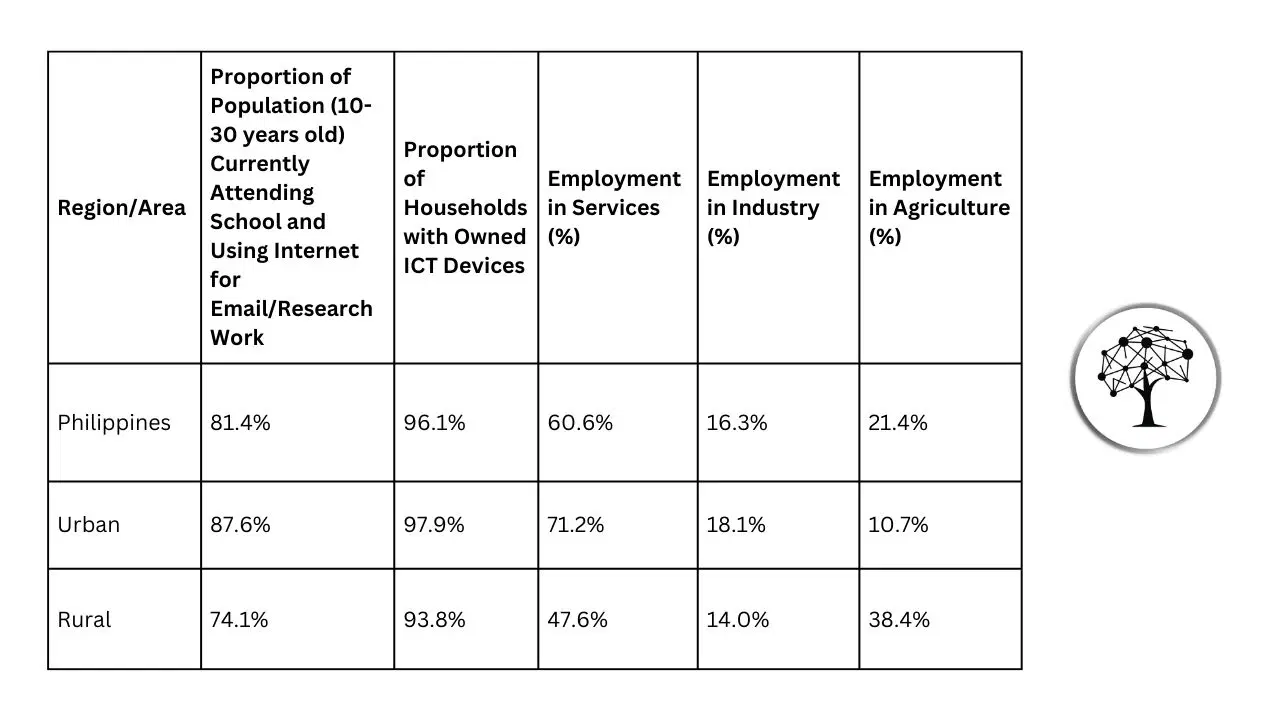
Sources: Philippine Statistics Authority, 2019 Functional Literacy, Education and Mass Media Survey; Philippine Statistics Authority, Labor Force Survey
This table suggests a potential correlation between internet usage for education, household ownership of ICT devices, and employment in the services sector. Urban areas, which have higher rates of internet usage for education and ICT device ownership, also have a higher proportion of employment in the services sector compared to rural areas.
In contrast, rural areas, which have lower rates of internet usage for education and ICT device ownership, have a higher proportion of employment in the agriculture sector.
This data implies that increasing access to the internet and ICT devices, particularly in rural areas, could potentially drive a shift in employment from the agriculture sector to the services sector. By enabling more students to use the internet for education and providing households with the necessary devices, the Philippines may be able to foster growth in the services sector and create new opportunities for economic development.
However, it is important to note that this is a simplified analysis and there may be other factors contributing to the differences in employment across regions and sectors. Further research would be needed to establish a causal relationship between internet usage, education, and employment in the Philippines.
The digital landscape in the Philippines has undergone a remarkable transformation over the past few decades, with the internet becoming an integral part of daily life for millions of Filipinos. As someone who has witnessed this change firsthand, I've been fascinated by the way the internet has reshaped the way we learn, communicate, and connect with others. In this blog post, I'll delve into the rise of internet usage for education and social media in the Philippines, drawing on my personal experiences and the latest data from the Philippine Statistics Authority (PSA).
The Growing Importance of the Internet in Education
One of the most striking trends in the Philippines today is the increasing use of the internet for educational purposes. As a student myself, I've seen how the internet has transformed the way we learn, making it easier to access information, collaborate with classmates, and engage with teachers outside of the classroom.
According to the 2019 Functional Literacy, Education and Mass Media Survey (FLEMMS) conducted by the PSA, a significant proportion of the Filipino population aged 10 to 30 who are currently attending school are exposed to the internet for educational purposes. The data shows that 81.4% of this age group use the internet for email and research work, with 33.6% doing so every day and 26.4% at least once a week.
Source: Philippine Statistics Authority, 2019 Functional Literacy, Education and Mass Media Survey
This data resonates with my own experiences as a student. I remember the days when research meant spending hours in the library, poring over books and journals. Now, with just a few clicks, I have access to a wealth of information from around the world. The internet has made learning more efficient, more engaging, and more accessible than ever before.
The Benefits of Internet Usage in Education
The benefits of internet usage in education are numerous. For one, it allows students to access a vast array of educational resources, from online courses and tutorials to educational videos and podcasts. This is particularly valuable for students in remote or underserved areas, who may not have access to the same resources as their urban counterparts.
Moreover, the internet facilitates collaboration and communication among students and teachers. Through online platforms like Google Classroom and Edmodo, students can easily share ideas, work on group projects, and receive feedback from their teachers. This not only enhances the learning experience but also prepares students for the collaborative nature of the modern workplace.
However, it's important to note that there is still room for improvement when it comes to internet usage in education. The FLEMMS data reveals that 18.5% of the population aged 10 to 30 who are currently attending school do not use the internet for email and research work at all. This highlights the need for greater efforts to ensure that all students have access to the tools and resources they need to succeed in the digital age.
The Urban-Rural Divide in Internet Access
One of the key challenges in expanding internet access for education in the Philippines is the urban-rural divide. The FLEMMS data shows that there is a significant disparity in internet usage between urban and rural areas, with 87.6% of the population aged 10 to 30 in urban areas who are currently attending school using the internet for email and research work, compared to just 74.1% in rural areas.
Source: Philippine Statistics Authority, 2019 Functional Literacy, Education and Mass Media Survey
This disparity can be attributed to a range of factors, including differences in infrastructure, socioeconomic status, and digital literacy. In many rural areas, internet access is limited or non-existent, making it difficult for students to take advantage of online educational resources. Moreover, even in areas where internet access is available, the cost of devices and data can be prohibitive for low-income families.
Addressing this urban-rural divide will require a concerted effort from both the government and the private sector. This could include initiatives to expand internet infrastructure in rural areas, provide subsidies for devices and data, and offer digital literacy training to students and teachers.
The Role of Social Media in Education
In addition to using the internet for formal educational purposes, many young Filipinos are also turning to social media as a way to learn and connect with others. The FLEMMS data shows that 86.8% of the population aged 10 to 30 who are currently attending school are exposed to social media, with 53.5% using it every day.
Source: Philippine Statistics Authority, 2019 Functional Literacy, Education and Mass Media Survey
As someone who uses social media regularly, I can attest to its value as a learning tool. Platforms like Facebook and Twitter have become hubs for educational content, with teachers, experts, and institutions sharing knowledge and engaging with students in new and innovative ways.
For example, I'm part of several Facebook groups dedicated to my field of study, where students and professionals from around the world share articles, discuss ideas, and collaborate on projects. These groups have not only expanded my knowledge but also connected me with a global community of learners.
However, it's important to recognize that social media can also have its drawbacks in an educational context. The constant stream of notifications and the pressure to maintain an online presence can be distracting and even stressful for students. Moreover, not all information shared on social media is reliable or accurate, which can lead to the spread of misinformation.
As such, it's crucial for educators to teach students how to use social media responsibly and critically. This could involve lessons on digital literacy, fact-checking, and online safety, as well as guidelines for appropriate behavior and communication in online educational settings.
The Shift Towards Digital Media Consumption
Beyond education, the rise of internet usage in the Philippines has also had a profound impact on the way people consume media and access information. Traditional forms of media, such as newspapers and magazines, are increasingly being replaced by digital alternatives, as more and more Filipinos turn to the internet for their daily dose of news and entertainment.
The FLEMMS data paints a clear picture of this shift, with a much higher proportion of the population aged 10 to 64 being exposed to the internet compared to traditional print media. While 63.3% of Filipinos in this age group are exposed to newspapers, only 4.3% read them every day. In contrast, 63.6% use the internet for email and research work, with 25.2% doing so daily.
Source: Philippine Statistics Authority, 2019 Functional Literacy, Education and Mass Media Survey
This shift towards digital media consumption is hardly surprising, given the convenience and accessibility of the internet. With a smartphone and a data connection, Filipinos can access a wealth of information and entertainment from anywhere, at any time.
Moreover, the internet has democratized media consumption, giving voice to a wider range of perspectives and allowing for greater diversity in the content we consume. Through blogs, vlogs, and social media, ordinary Filipinos can now share their stories, opinions, and creativity with a global audience.
The Popularity of Social Media
Social media, in particular, has emerged as a dominant force in the Philippine digital landscape. According to the FLEMMS data, 73.9% of the population aged 10 to 64 are exposed to social media, with 42.5% using it every day. This far surpasses the exposure and daily usage rates for traditional media such as radio (75.2% exposed, 19.0% daily usage) and television (96.0% exposed, 66.3% daily usage).
Source: Philippine Statistics Authority, 2019 Functional Literacy, Education and Mass Media Survey
As a millennial, I'm not surprised by these figures. Social media has become an integral part of our daily lives, offering a platform for self-expression, communication, and information sharing that traditional media simply can't match.
Through social media, we can connect with friends and family, join communities of like-minded individuals, and participate in public discourse on a wide range of issues. We can also access news and information from a variety of sources, both mainstream and alternative.
However, the popularity of social media also raises important questions about the quality and credibility of the information we consume. With the proliferation of fake news and misinformation, it's more important than ever for users to develop critical thinking skills and to seek out reliable sources of information.
The Impact of Digital Media on Traditional Industries
The shift towards digital media consumption has also had a significant impact on traditional media industries in the Philippines. Newspapers, magazines, and broadcast networks have had to adapt to the changing landscape, investing in digital platforms and exploring new business models.
Some have been more successful than others in making this transition. For example, the Philippine Daily Inquirer, one of the country's leading newspapers, has built a strong online presence through its website and social media channels. By providing timely, reliable, and engaging content, the Inquirer has been able to attract a large and loyal digital audience.
Other traditional media companies, however, have struggled to keep up with the pace of change. Many have had to downsize their operations, lay off staff, or even shut down entirely. This has led to concerns about the future of journalism in the Philippines and the role of the media in holding those in power accountable.
As someone who values the importance of a free and independent press, I believe it's crucial for traditional media companies to find ways to adapt and thrive in the digital age. This could involve investing in new technologies, exploring alternative revenue streams, and building stronger relationships with their audiences.
At the same time, it's important for the government and civil society to support and protect the media, ensuring that journalists can do their jobs without fear of harassment, intimidation, or censorship. Only by working together can we create a media landscape that is vibrant, diverse, and accountable to the public interest.
The Future of Internet Usage in the Philippines
Looking to the future, it's clear that internet usage in the Philippines will only continue to grow and evolve. As more and more Filipinos gain access to affordable devices and reliable internet connections, the possibilities for education, communication, and media consumption are endless.
One area where I see particular potential is in the field of e-learning. With the COVID-19 pandemic forcing schools and universities to shift to online learning, there has been a renewed focus on the importance of digital education. Even as we return to in-person classes, I believe that e-learning will continue to play a significant role in the future of education in the Philippines.
This could involve the development of more sophisticated online learning platforms, the integration of virtual and augmented reality technologies, and the use of data analytics to personalize learning experiences. By leveraging the power of the internet, we can create a more accessible, engaging, and effective education system that prepares students for the challenges of the 21st century.
Another area where I see potential for growth is in the field of e-commerce. With more and more Filipinos turning to online shopping for convenience and variety, there is a huge opportunity for businesses to reach new customers and expand their markets. This could be particularly valuable for small and medium-sized enterprises, which may not have the resources to establish a physical presence in multiple locations.
However, the growth of e-commerce also raises important questions about consumer protection, data privacy, and the impact on traditional retail industries. As we move forward, it will be important for the government and the private sector to work together to create a regulatory framework that balances innovation with the needs and rights of consumers.
Conclusion
The rise of internet usage for education and social media in the Philippines represents a profound shift in the way Filipinos learn, communicate, and access information. While there are still significant challenges to be addressed, particularly in terms of bridging the urban-rural digital divide and ensuring the credibility of online information, the potential benefits are enormous.
As someone who has grown up in this digital age, I'm excited to see how the internet will continue to shape our lives in the years to come. Whether it's through innovative new educational platforms, vibrant online communities, or the growth of e-commerce, the possibilities are endless.
However, it's important that we approach this digital future with a sense of responsibility and purpose. We must work to ensure that the benefits of the internet are accessible to all, regardless of their socioeconomic status or geographic location. We must also strive to create a digital culture that values truth, empathy, and mutual understanding.
Ultimately, the rise of internet usage in the Philippines is not just about technology, but about the kind of society we want to build. By harnessing the power of the internet for education, communication, and media consumption, we have the opportunity to create a more informed, connected, and empowered citizenry. It's up to all of us to seize that opportunity and to work towards a brighter, more equitable digital future for all Filipinos.
Frequently Asked Questions
How has internet usage for education evolved in the Philippines over the past decade?
Internet usage for education has grown significantly in the Philippines, with 81.4% of the population aged 10-30 who are currently attending school using the internet for email and research work in 2019, according to the Philippine Statistics Authority.
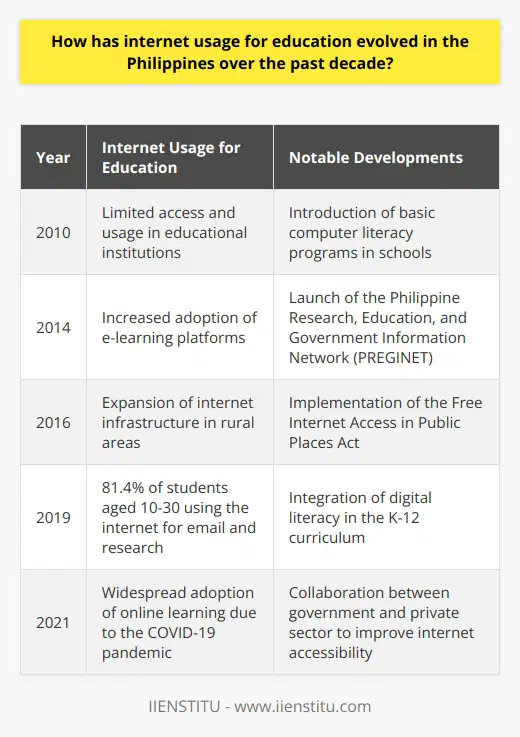
Is there a difference in internet usage for education between urban and rural areas in the Philippines?
Yes, there is a notable urban-rural divide in internet usage for education. In urban areas, 87.6% of the school-attending population aged 10-30 use the internet for educational purposes, compared to only 74.1% in rural areas.
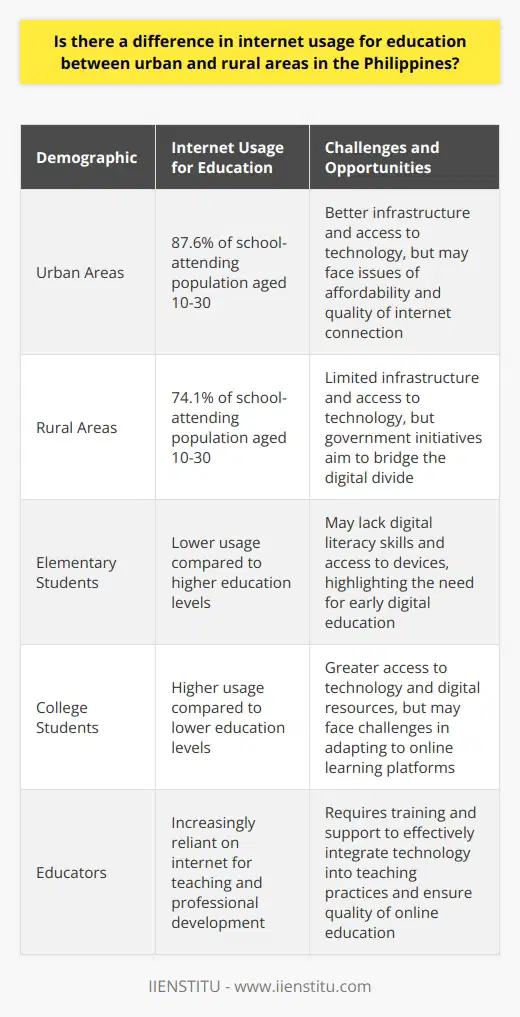
How has the rise of internet usage affected traditional media consumption in the Philippines?
The rise of internet usage has led to a shift towards digital media consumption, with a higher proportion of the population aged 10-64 exposed to the internet compared to traditional print media like newspapers.
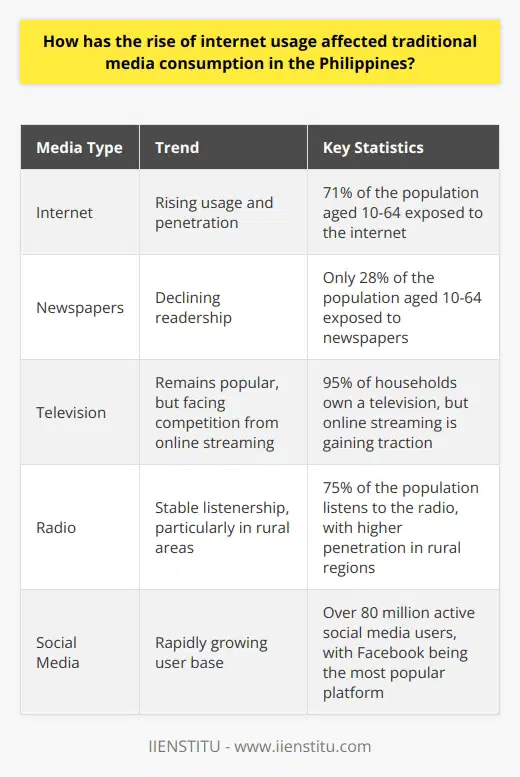
What is the most popular form of mass media in the Philippines?
Television remains the most popular form of mass media, with 96.0% of the population aged 10-64 exposed to it, and 66.3% watching daily. However, social media is rapidly gaining ground, with 73.9% exposed and 42.5% using it daily.
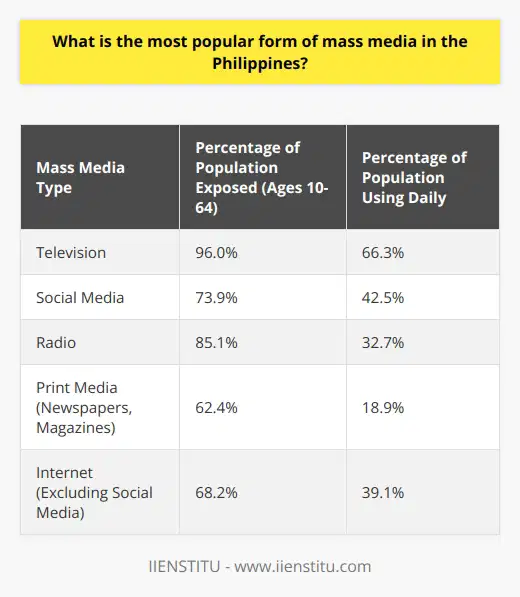
How does household ownership of ICT devices vary between urban and rural areas in the Philippines?
Urban areas have a higher proportion of households owning ICT devices (97.9%) compared to rural areas (93.8%), according to the Philippine Statistics Authority.
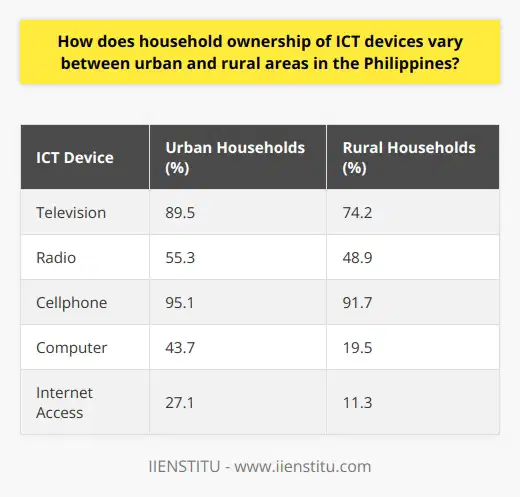
Is there a potential link between internet usage, education, and employment in the services sector?
The data suggests a possible correlation between higher rates of internet usage for education, household ownership of ICT devices, and a higher proportion of employment in the services sector, particularly in urban areas.
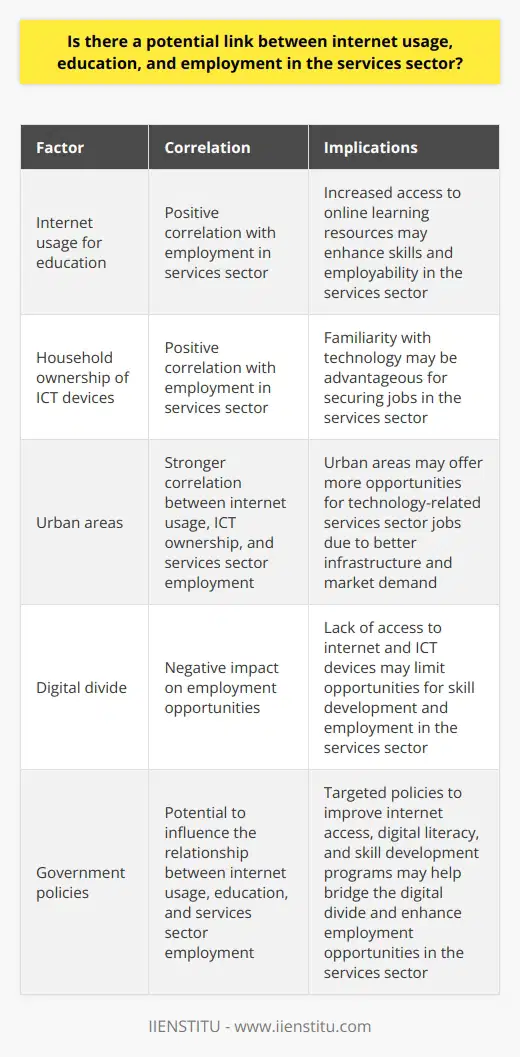
What implications does the rise of internet usage have for the future of education in the Philippines?
The increasing use of the internet for education opens up new opportunities for e-learning, personalized learning experiences, and access to a wider range of educational resources. However, addressing the urban-rural digital divide remains crucial.
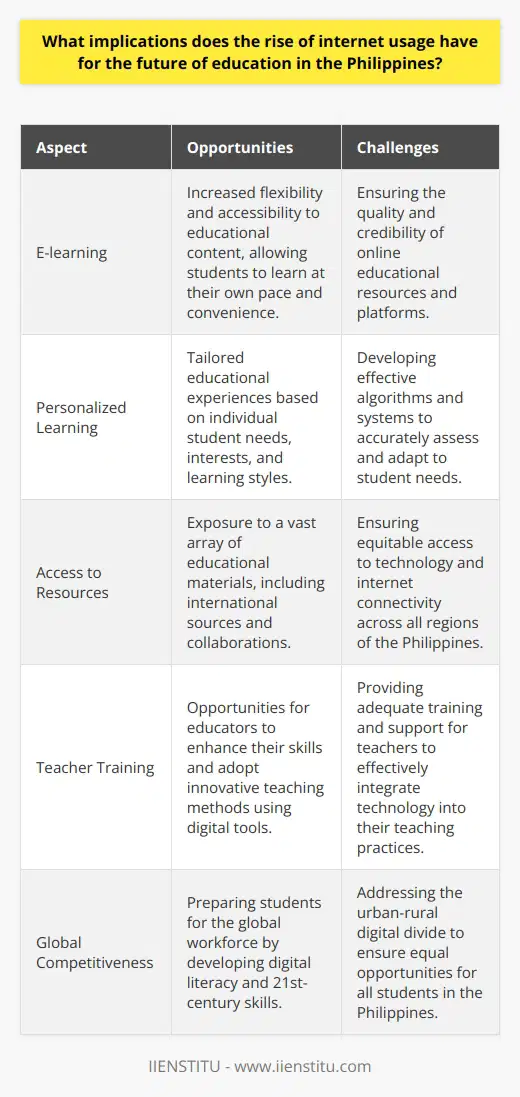
How can the Philippines leverage the rise of internet usage to drive economic development?
By increasing access to the internet and ICT devices, particularly in rural areas, the Philippines could potentially foster growth in the services sector and create new employment opportunities. However, further research is needed to establish a causal relationship between internet usage, education, and economic development.
